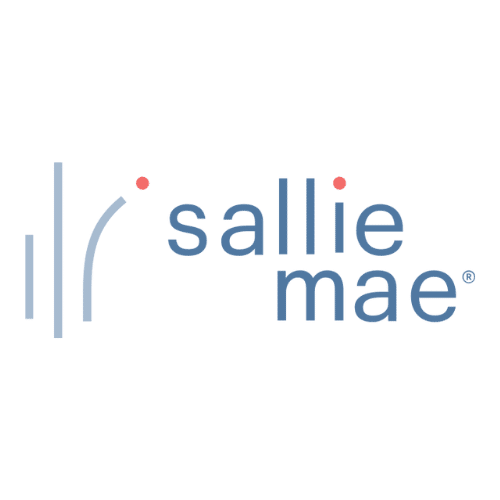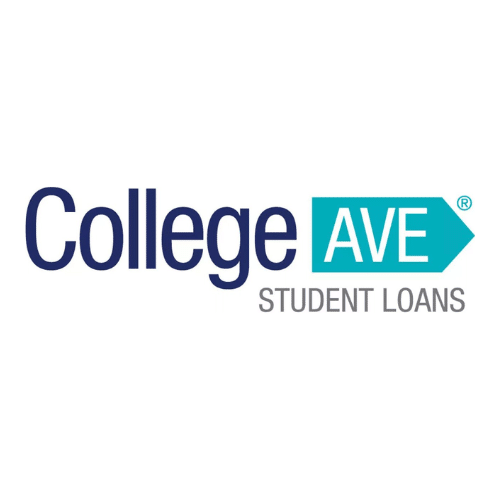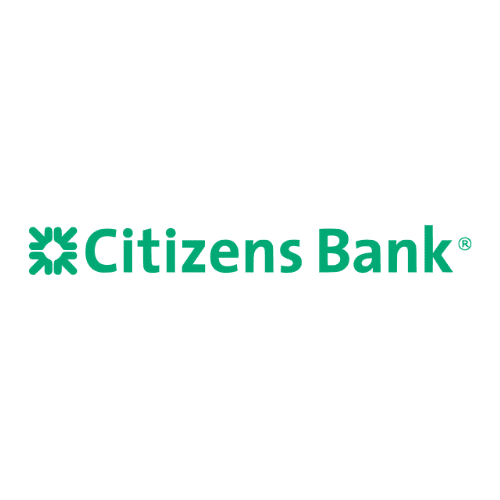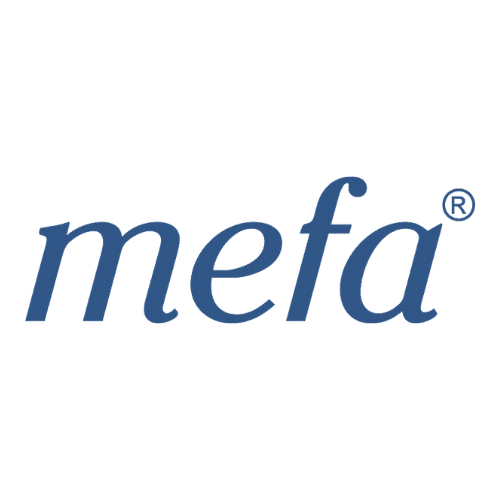Can You Use Student Loans for Living Expenses?
After deducting tuition and room and board from the student loan, you may use the leftover amount on eligible living expenses as they are generally a part of your total certified cost of attendance. Some of the expenses included are housing, rent, books and supplies, transportation, and groceries.

Table of Contents
- What Can Student Loans Be Used For?
- What You Shouldn’t Spend Student Loans On?
- What Expenses are Eligible for Federal Student Loans?
- How are student loans disbursed?
- What Happens If You Misuse Student Loan Funds?
- Best Student Loans That Cover Living Expenses
- How to minimize your expenses
- Other Ways to Pay for Living Expenses
- FAQS
You can use student loans to cover all college costs including tuition and related living expenses.
Every college calculates the cost of attendance (COA) or different types of students yearly and is the maximum that students can borrow in loans that year. The total cost of attendance generally includes tuition cost, housing, rent, room and board, books and supplies, and transportation. Necessary personal expenses like groceries and toiletries are also generally accounted for and are all covered by most student loans.
When you apply for any student loan, the amount is disbursed directly to your college which deducts your tuition costs, and room and board for on-campus students. The remaining funds are then generally distributed to the student who may use them to cover their school-certified living expenses.
What Can Student Loans Be Used For?
You may use student loans on:
- Tuition and fees
- Room and board
- Books and supplies for college
- College-related equipment
- Housing and rent
- Housing supplies and utilities
- Transportation – including trains, busses, tolls, and gas
- Groceries
- Child care
- Professional certifications or licenses
- Study abroad program costs
- Personal miscellaneous expenses like toiletries and medication
What You Shouldn’t Spend Student Loans On?
It is best to avoid paying for the following expenses using student loans:
- Expensive clothes
- Vacations
- Restaurants and expensive meals
- New car
- Home or vehicle repairs
- Down payment or home mortgage
- Paying off a car loan or other debt
- Expensive electronics
- Business expenses
- Entertainment
- Paying off other’s educational expenses
- Any other luxuries
What Expenses are Eligible for Federal Student Loans?
The federal aid that a student is eligible for is equal to their financial need which is the college’s Cost of Attendance (COA) minus their Expected Family Contribution (EFC). The government also considers a student’s living expenses when calculating the financial need.
Along with tuition, the living expenses included in calculating the total COA of a student are room and board, housing and rent for off-campus students, commuting, books and supplies, child care, and miscellaneous personal expenses. From the total, your EFC is deducted which may include factors like your income, your parent’s income, family size, and related demographic factors.
However, the aid you receive may be less than the financial need that was calculated and may not be enough to cover all of the certified living expenses included in calculating the COA. In such a case you can take the help of grants and scholarships to close the gap in funding. After fully exhausting all your federal options and other opportunities, if you need to you can get a private student loan to pay for any school-certified expense you were not able to cover with the aid previously received.
How are student loans disbursed?
So you’ve applied for and had your student loans approved, now what? The loan amount does not come directly to your bank account, instead, it’s sent to the financial office of your school. They will then apply the funds to pay for your tuition, fees, room and board, and other school-related expenses. If there is any money left over, this will then be sent to your bank account and you can use it for living expenses. Make sure that you’re aware of what you may and may not use the funds for – you could be penalized if you misuse them for unnecessary expenses. Also, don’t go over budget!
What Happens If You Misuse Student Loan Funds?
It’s unlikely that your lender will look into what you’re using the money for, but if they should, and they find you’re misusing your funds, your loan could be canceled. You may also have to repay immediately everything that you have already used. Moreover, the lender might disqualify you from borrowing in the future too.
Even if the lender does not find out, you can face other consequences for misusing your federal and private student loan funds. If you do not use your loan wisely, you might run out of money and need to borrow more which will increase your debt and make it harder to repay. It might lead you to miss payments or default on your loan completely which will affect your whole financial future and may have legal consequences too.
Best Student Loans That Cover Living Expenses
The following student loans can help cover the full cost of attendance including tuition and the school-certified living expenses.
| Lender | Scholaroo rating | Fixed rates starting (APR) | Variable rates starting (APR) |
|---|---|---|---|
 Sallie Mae Best for students enrolled less than half-time Visit website | 4.50% | 6.37% | |
 College Ave Best repayment terms Visit website | 4.59% | 5.49% | |
 Earnest Best for a rate match Visit website | 4.42% | 5.32% | |
 Ascent Best for international students Visit website | 4.48% | 6.03% | |
 SoFi Best for reward points Visit website | 4.44% | 5.99% | |
 Citizens Bank Best for multi-year approval Visit website | 4.43% | 5.80% | |
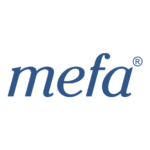 Mefa Best for an instant decision Visit website | 5.35% | n/a |

Sallie Mae
Best for students enrolled less than half-time

College Ave
Best repayment terms

Earnest
Best for a rate match

Ascent
Best for international students

SoFi
Best for reward points

Citizens Bank
Best for multi-year approval

Mefa
Best for an instant decision
#1 Sallie Mae
#2 College Ave
#3 Earnest
#4 Ascent
#5 SoFi
#6 Citizens Bank
#7 MEFA
How to minimize your expenses
On top of your college expenses and student loans, living expenses are another financial burden. They are unavoidable but there are steps you can take to minimize your living expenses. Here are a few tips for students:
- Set up a monthly budget so you know how much you can have to spend every month. Include all your expenses including things like entertainment and eating out. While it’s advisable to avoid eating out nad going out too often, you don’t want to just stay home all the time. Just stick to your budget and be reasonable about how often you go out.
- Look for less-expensive alternatives – in other words, shop around. You may need something for school, such as a textbook, but that doesn’t mean you have to take the first and most expensive offer. Shop for second-hand items, or find it on sale – just make sure you’re taking the time to get a more affordable option.
- If you need to live off-campus, look for the more affordable option. Run the numbers and make sure wherever you stay you won’t break the bank renting.
- You don’t have to spend everything you have. You may be approved or a large loan amount, and while you likely do need most of it, there’s a good chance that you don’t need to spend all of it. The more you spend, the more you’ll need to repay so try and keep the overall loan amount as low as you can.
Other Ways to Pay for Living Expenses
After deducting your tuition, and room and board, you can use the leftover loan amount on eligible living expenses; however, you can also return it or part of it and fund your expenses using other available options. This is because the alternatives to a loan generally include options that do not need to be repaid and won’t increase your debt more than it already is. The following are a few options to consider:
- Scholarships and Grants: Students can apply for multiple scholarships and grants that can help pay for their school-related living expenses. Unlike loans, these are financial gifts or awards that are not required to be paid back. Therefore, if you are able to get a scholarship, it’s best to use that money to pay for the eligible living expenses rather than using loans to keep the overall debt lower.
- Part-time job: Working on weekends, during school breaks, or in between classes can help generate some income that students can use to cover their living expenses instead of student loans. Unlike student loans, there would be no limitation on where you spend the money you earn also. However. It would be best to budget and spend first on the expenses necessary.
- Ask your parents: Ask your parents if they can help you with some of the living expenses related to college like related equipment and supplies. You can also tap into your own savings if you have any to avoid taking on further debt in the form of loans. The less you borrow in loans, the easier it would be to pay it off later.
FAQS
Can I get a student loan to cover living expenses?
Yes, excess funds from your student loan can be used for living expenses. Generally, they can pay for school-related expenses such as books, supplies, and room and board. They can also be used to cover living costs such as housing, food, and transportation while in school.
What expenses can student loans be put towards?
You can use student loans on college-related living expenses like room and board, books and supplies, housing and rent, supplies and utilities, groceries, transportation, and personal miscellaneous expenses like toiletries.
What are the best student loans to use for living expenses?
Although federal student loans generally offer the most competitive interest rates, there are many private student loans that you may use for living expenses. Top lenders with the best rates and repayment terms include Sallie Mae, College Ave, and Earnest.
Do federal loans cover student living expenses?
Federal student loans cover both tuition and living expenses, including rent, housing utilities, groceries, and personal hygiene items. Living expenses are part of your school’s cost of attention, which FAFSA uses to determine how much aid you should receive.
